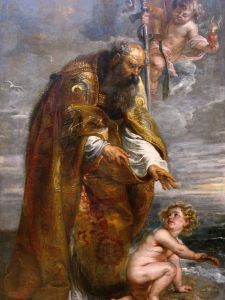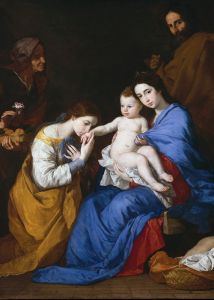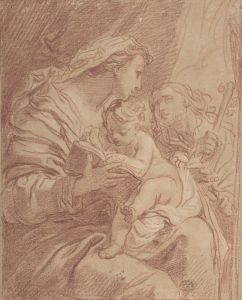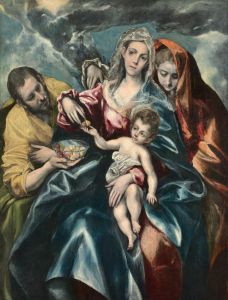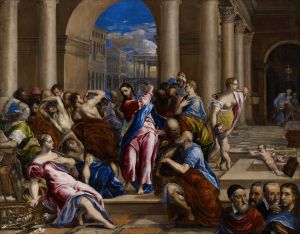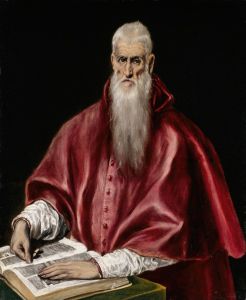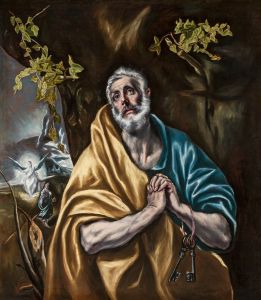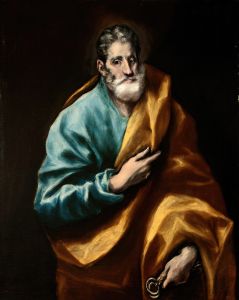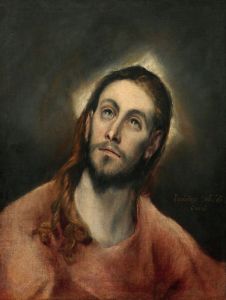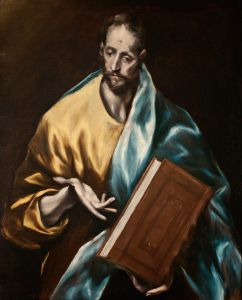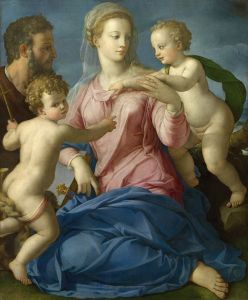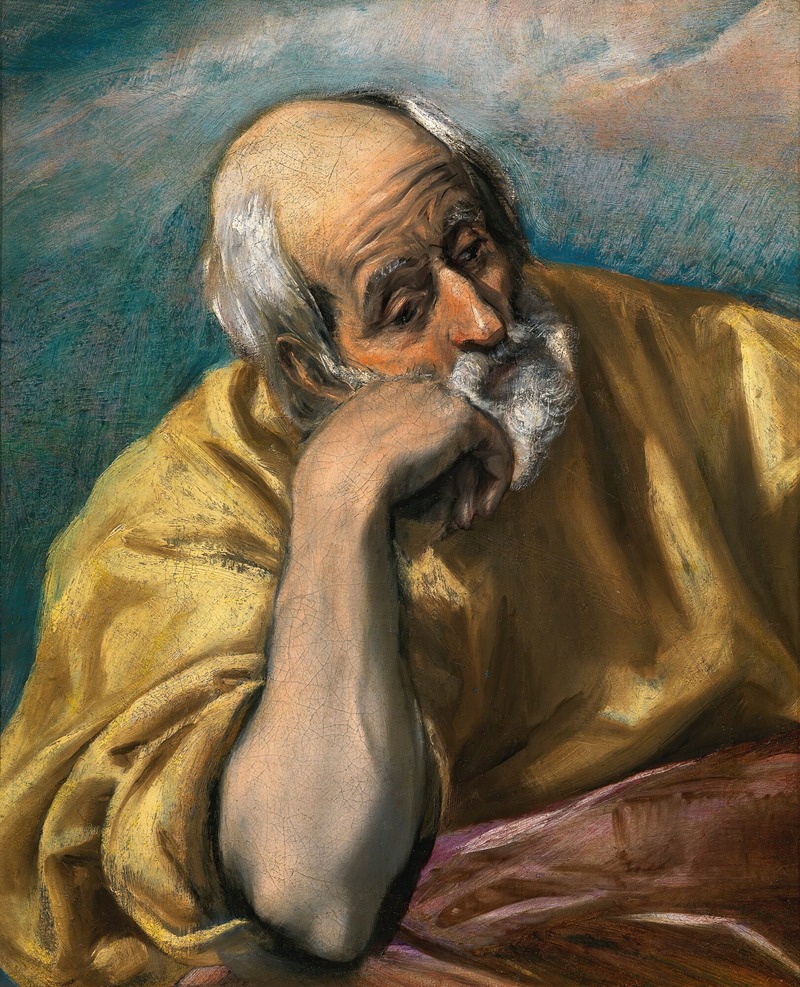
Saint Joseph
A hand-painted replica of El Greco (Domenikos Theotokopoulos)’s masterpiece Saint Joseph, meticulously crafted by professional artists to capture the true essence of the original. Each piece is created with museum-quality canvas and rare mineral pigments, carefully painted by experienced artists with delicate brushstrokes and rich, layered colors to perfectly recreate the texture of the original artwork. Unlike machine-printed reproductions, this hand-painted version brings the painting to life, infused with the artist’s emotions and skill in every stroke. Whether for personal collection or home decoration, it instantly elevates the artistic atmosphere of any space.
"Saint Joseph" is a painting by the renowned artist El Greco, whose real name was Domenikos Theotokopoulos. El Greco was a prominent painter, sculptor, and architect of the Spanish Renaissance, known for his distinctive style that combined elements of Byzantine traditions with Western painting techniques. Born in Crete in 1541, El Greco spent significant periods of his life in Italy and Spain, where he developed his unique artistic voice.
The painting "Saint Joseph" is one of El Greco's many religious works, reflecting his deep engagement with Christian themes and figures. Saint Joseph, the earthly father of Jesus Christ and the husband of the Virgin Mary, is a significant figure in Christian theology, often depicted as a symbol of paternal care and humility. In El Greco's portrayal, Saint Joseph is typically shown with a gentle and contemplative expression, embodying the virtues associated with his character.
El Greco's depiction of Saint Joseph is characterized by the artist's signature elongated forms and dramatic use of color and light. These stylistic choices contribute to the spiritual intensity and emotional depth of the painting, drawing viewers into a contemplative experience. The use of vibrant colors and dynamic compositions is a hallmark of El Greco's work, setting him apart from his contemporaries and influencing later generations of artists.
The painting is believed to have been created during El Greco's mature period, when he was living in Toledo, Spain. This period was marked by a prolific output of religious art, as El Greco received numerous commissions from churches and religious institutions. Toledo, a city with a rich cultural and religious heritage, provided a fertile environment for El Greco's artistic endeavors.
El Greco's "Saint Joseph" reflects the artist's ability to convey complex theological concepts through visual means. The painting captures the essence of Saint Joseph's role within the Holy Family, emphasizing his protective and nurturing qualities. The figure of Saint Joseph is often depicted holding the Christ Child or with symbols such as a lily, representing purity and his role as the chaste spouse of Mary.
While specific details about the commission or the original location of "Saint Joseph" are not well-documented, the painting is part of the broader body of El Greco's work that has been preserved and studied over the centuries. El Greco's art, including "Saint Joseph," is celebrated for its emotional intensity, innovative use of form and color, and its ability to transcend the boundaries of time and place.
Today, El Greco's paintings, including "Saint Joseph," are housed in various museums and collections around the world, where they continue to be admired for their artistic and spiritual significance. El Greco's influence extends beyond his lifetime, impacting artists such as Pablo Picasso and Jackson Pollock, who drew inspiration from his bold and expressive style.
In summary, El Greco's "Saint Joseph" is a testament to the artist's mastery of religious themes and his unique approach to painting. Through his innovative techniques and profound understanding of his subjects, El Greco created works that resonate with viewers and maintain their relevance in the history of art.






